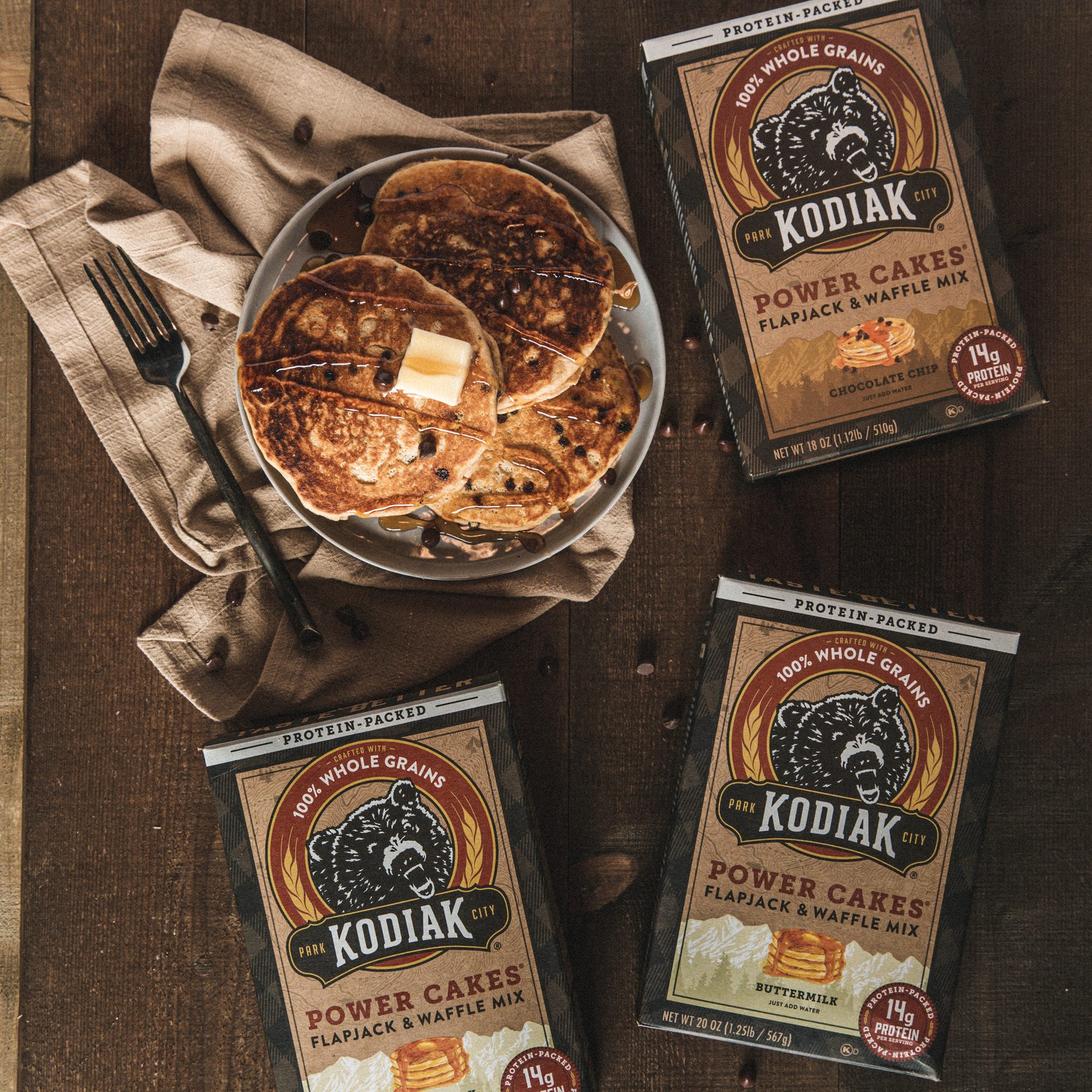The BOTTOM LINE
- Smaller-size product options are on the rise
- Consumers want a balance of high quality and good value
- BFY options are drawing shopper dollars
Balancing act
Bread producers must deliver on evolving consumer interests while facing ever-shifting challenges to succeed.
Jenni Spinner, Chief Editor
While sales of most subcategories have been flat or slightly down over the past year, bread is still very much a part of the daily American diet. According to Ama Auwarter, vice president of bakery and cookies for Campbell’s-owned Pepperidge Farm, a whopping 97% of U.S. households buy bread on a weekly basis. With the overwhelming majority of people still consumer it on a daily basis, bakers have reason to be optimistic about the future.
Bread
STATE of the INDUSTRY

SPONSORED BY
Market data
Both center-store bread products and their perimeter counterparts declined slightly over the year, according to Circana (Chicago) data from the past 52 weeks ending on March 23, 2025. C-store breads overall took in $11.7 billion, a drop of 1.2% in dollar sales; perimeter products sold $1.7 billion, a drop of just 0.7%. Interestingly, the subcategories in both columns show a mixture of ups and downs.
In center-store sandwich breads, the total dollar sales of $10.8 billion represent a decline of 1.4% for the time period. The two top-ranked performers, Grupo Bimbo ($2.9 billion in sales, a 5.3% decline) and Flowers Foods ($2.8 billion, down 1.5%), both saw sales decreases. However, private-label sandwich breads in the center store increased by 4.6%, reaching $2.2 billion.
Other notable c-store points:
- The panini/ciabatta/focaccia bread subcategory brought in $41.7 million for the year-long period, a 9.1% jump; private-label dominated with $26.6 million in sales (up 11.9%), with Semifreddis in second ($6.2 million, a rise of 14.5%
- Hispanic bread in the store center took in a modest $2.4 million but showed an increase of 5.9% overall for the year
- Crusty/meal bread grew by 1.9% to $504.3 million
- C-store sweet breads saw a modest increase of 1.4%, reaching $105.4 million—however, top-ranked company Flowers Foods took a 10.2% hit, falling to $45.3 million

HOVER OVER CHART TO SCROLL DOWN
Source: Circana OmniMarket™ Total Store View | Geography : Total US - Multi Outlet w/ C-Store (Grocery, Drug, Mass Market, Convenience, Military and Select Club & Dollar Retailers) | Time : Latest 52 Weeks Ending 03-23-25
In the perimeter sandwich bread subcategory, sales hit $721.7 million, which amounts to a 4.1% loss. Private-label products brought in $479.4 million, or 8.8% less than the previous year. Top-ranked producers in the column:
- Aspire Bakeries: $53.9 million, a decline of 3.6%
- Izzio Artisan Bakery: $46.4 million, a jump of 44.1%
- Grupo Bimbo: $33.9 million, down 5.1%
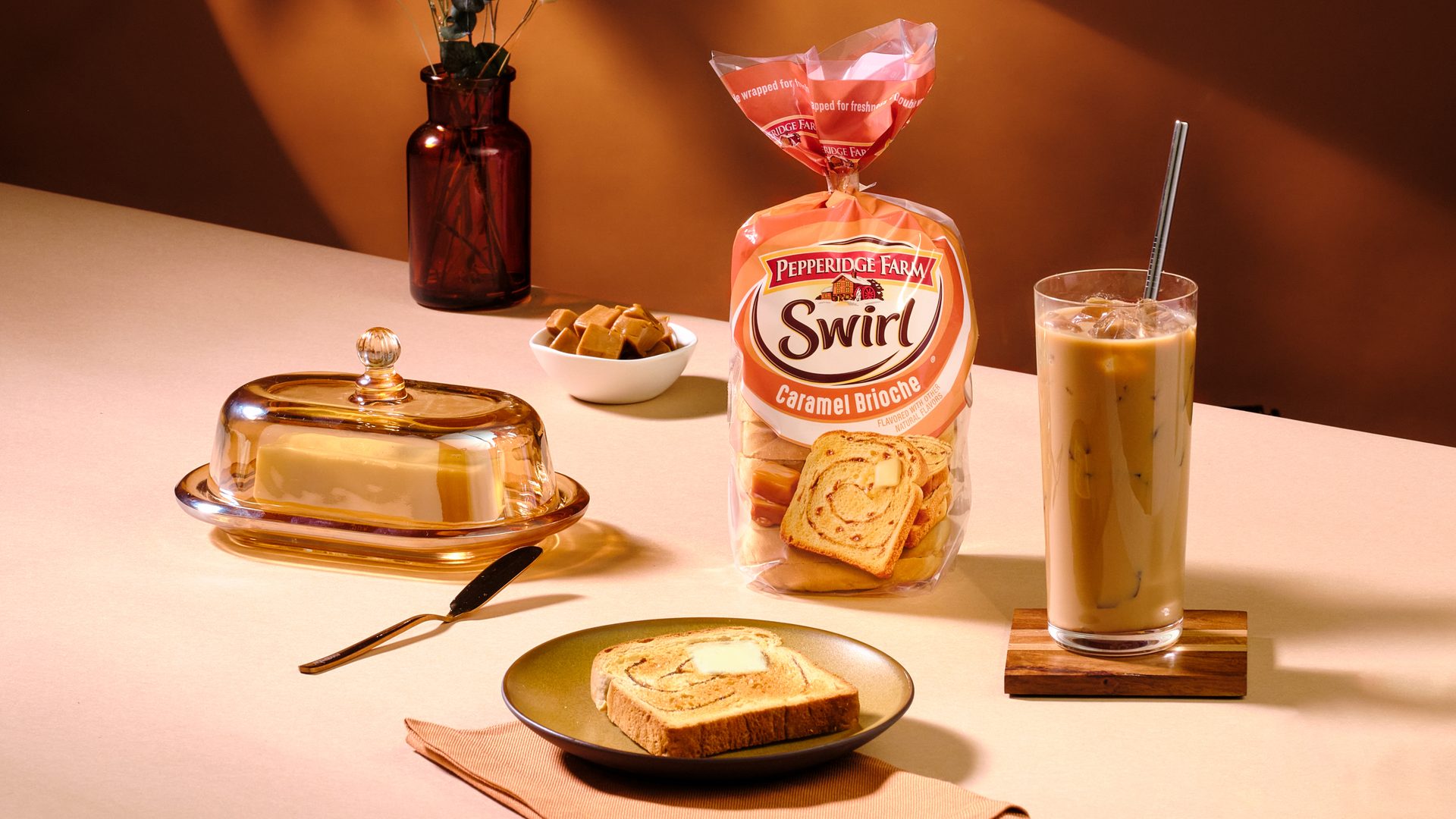
Courtesy of Pepperidge Farm
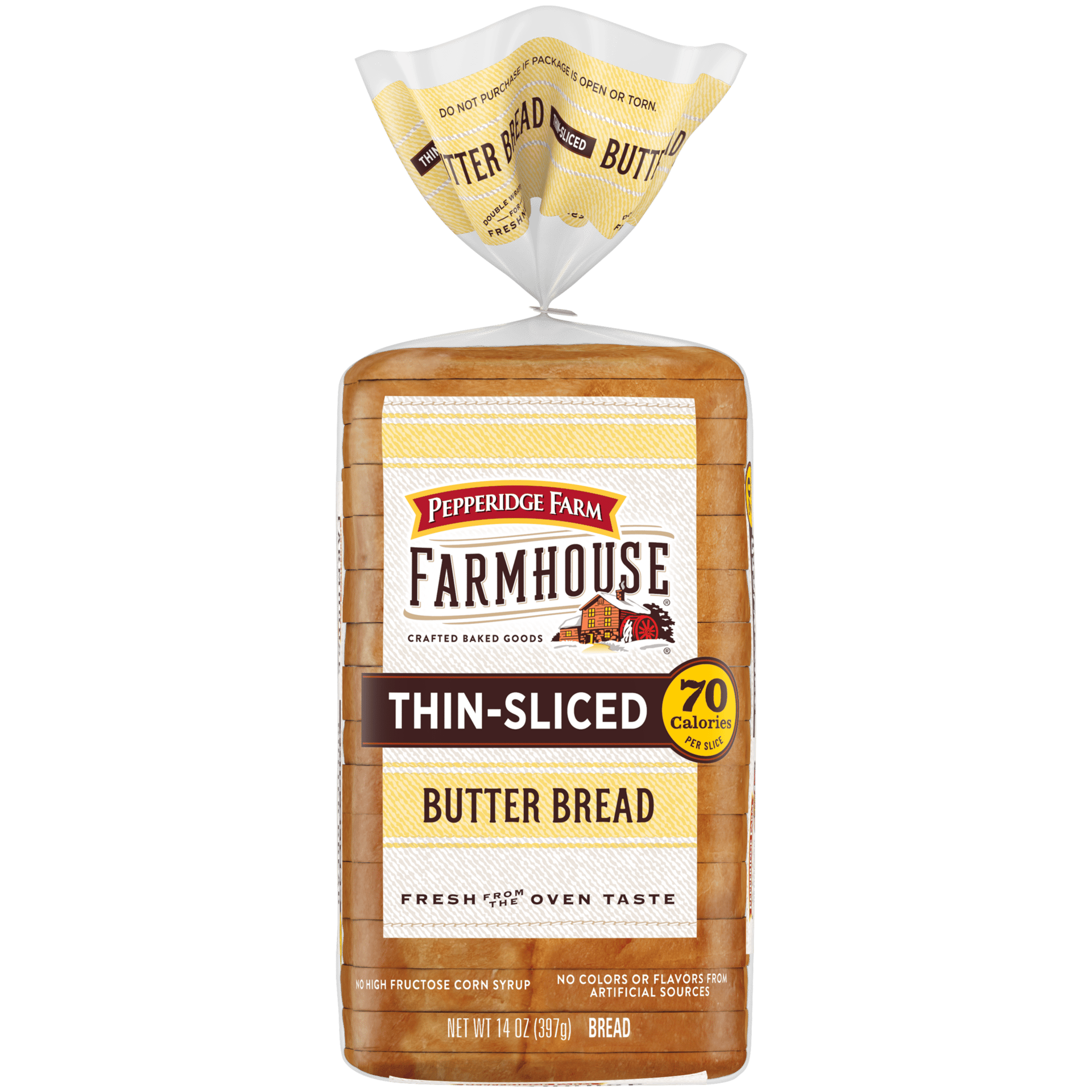
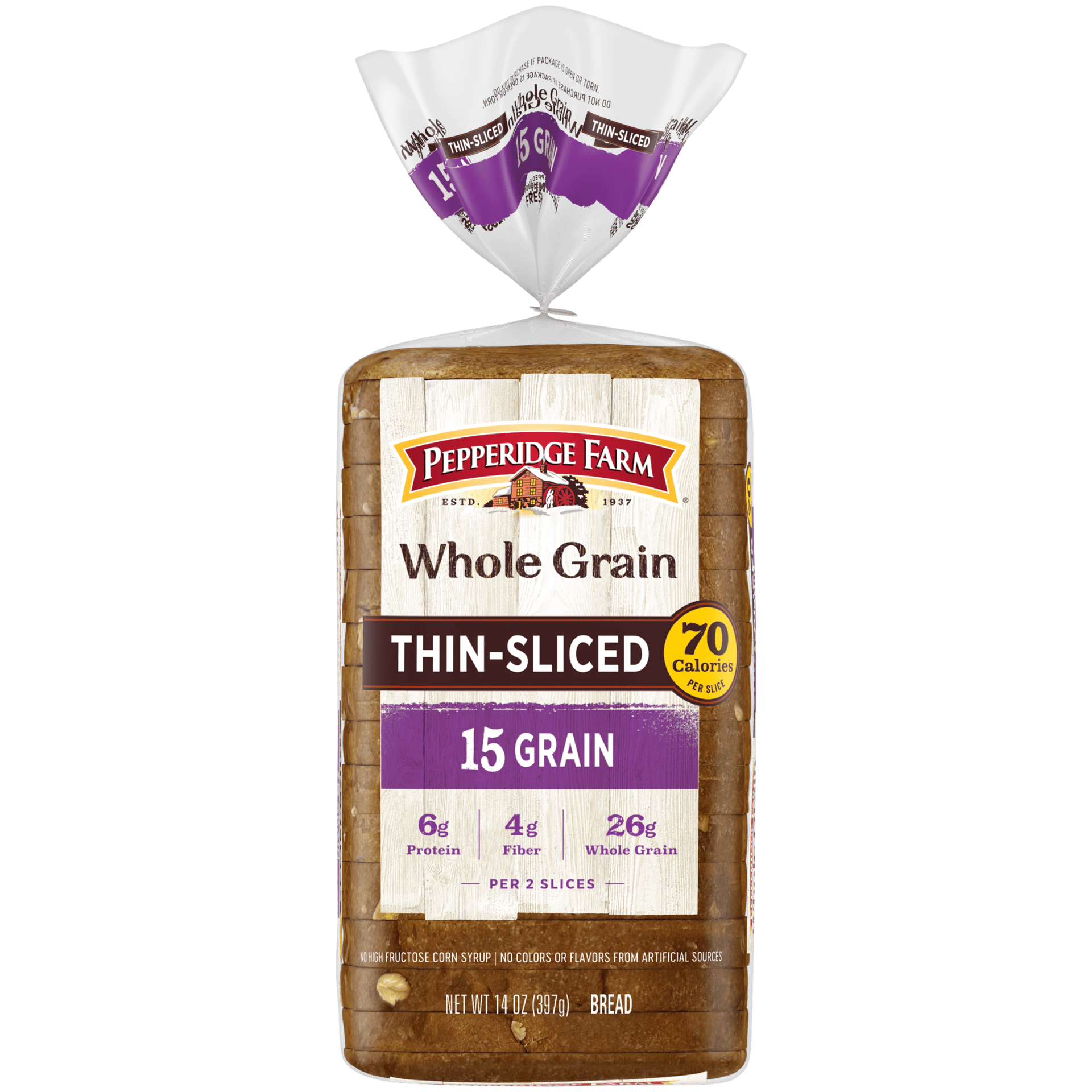
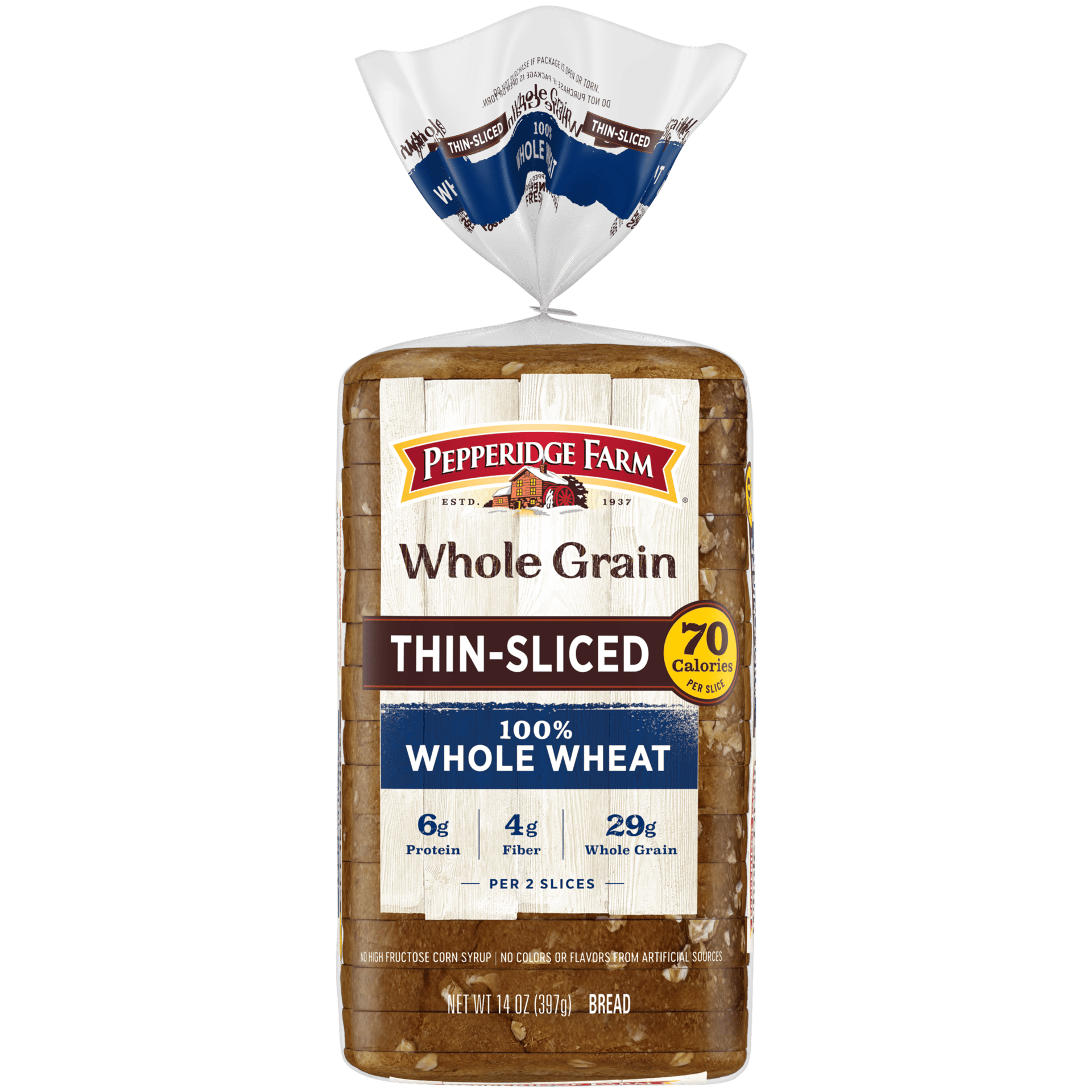
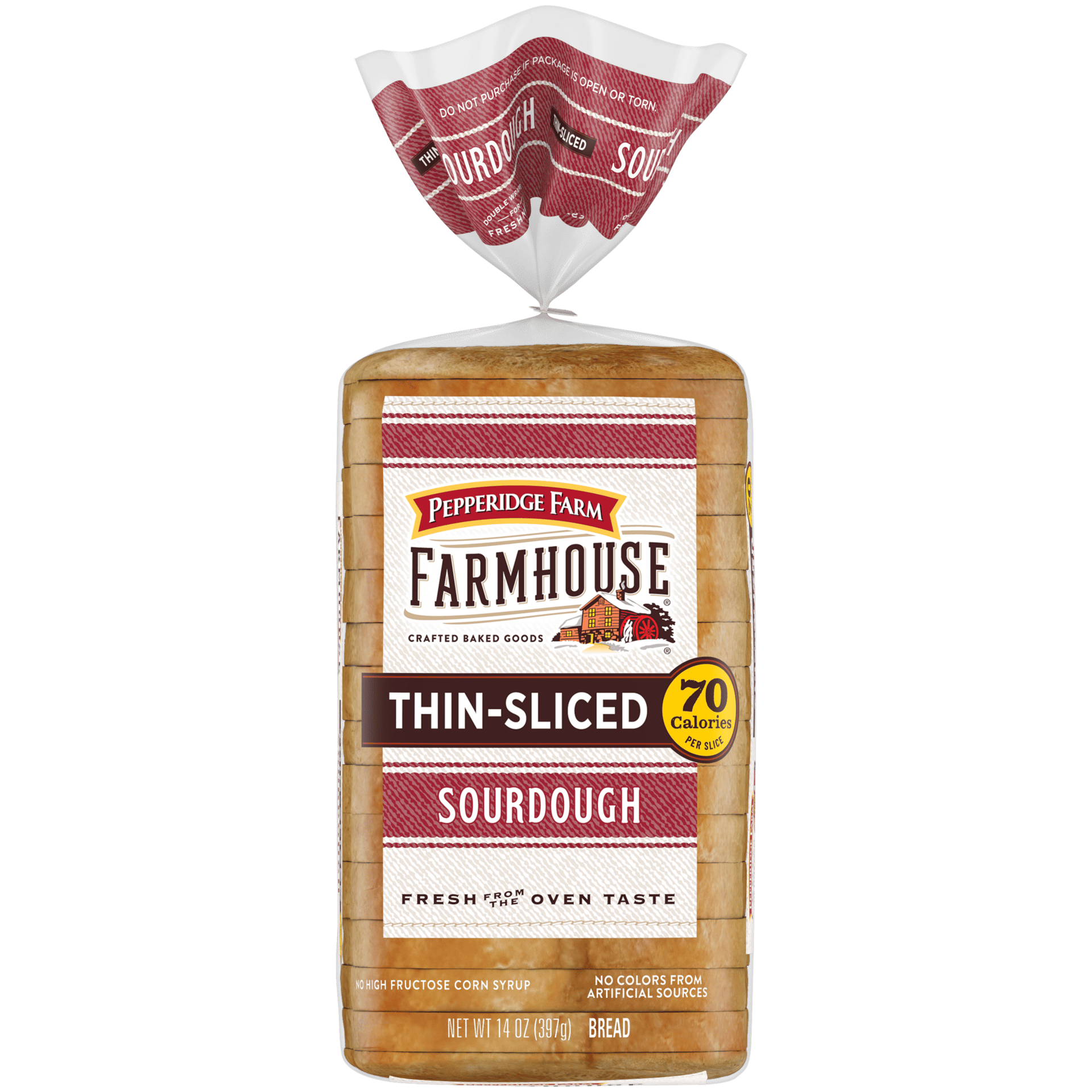
Courtesy of Pepperidge Farm
Also, perimeter specialty bread increased by 5%, hitting $53.9 million—private-label sales reached $30.5 million, same as last year. The biggest gainer in the subcategory was Tribeca Oven, whose sales of $225,341 might have been relatively modest but the 61.1% increase is notable.
Looking back
According to Dave Gonnella, vice president of sales for Gonnella Baking, the past year has been a “balancing act” for bakery producers.
“While supply chains have stabilized and ingredient availability has improved, retailers have had to adapt to a persistently tight labor market and high employee turnover,” he shares. “These pressures have led to a reduction in touch points within the bake shop, prompting many to rethink how they execute their bakery program.”
Brie Buenning, senior director of marketing for La Brea Bakery, says bread shoppers have wrangled with challenges of their own.
“Consumers have been facing inflation and political/economic uncertainty, so they’re spending carefully,” she observes. “When it comes to baked goods, they’re looking for the best value for their money, meaning fresh-baked flavor and texture, innovation, and quality are key.”
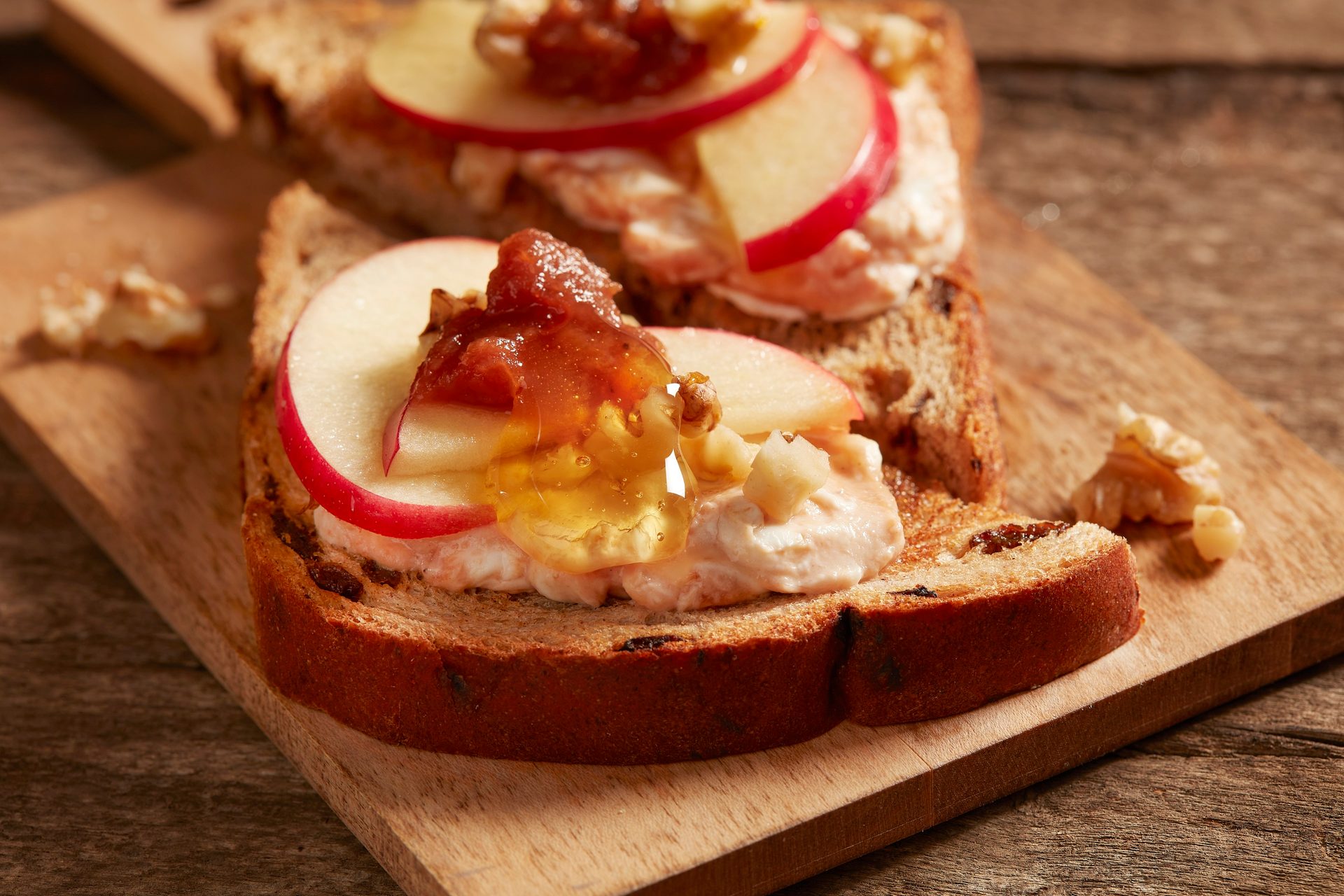
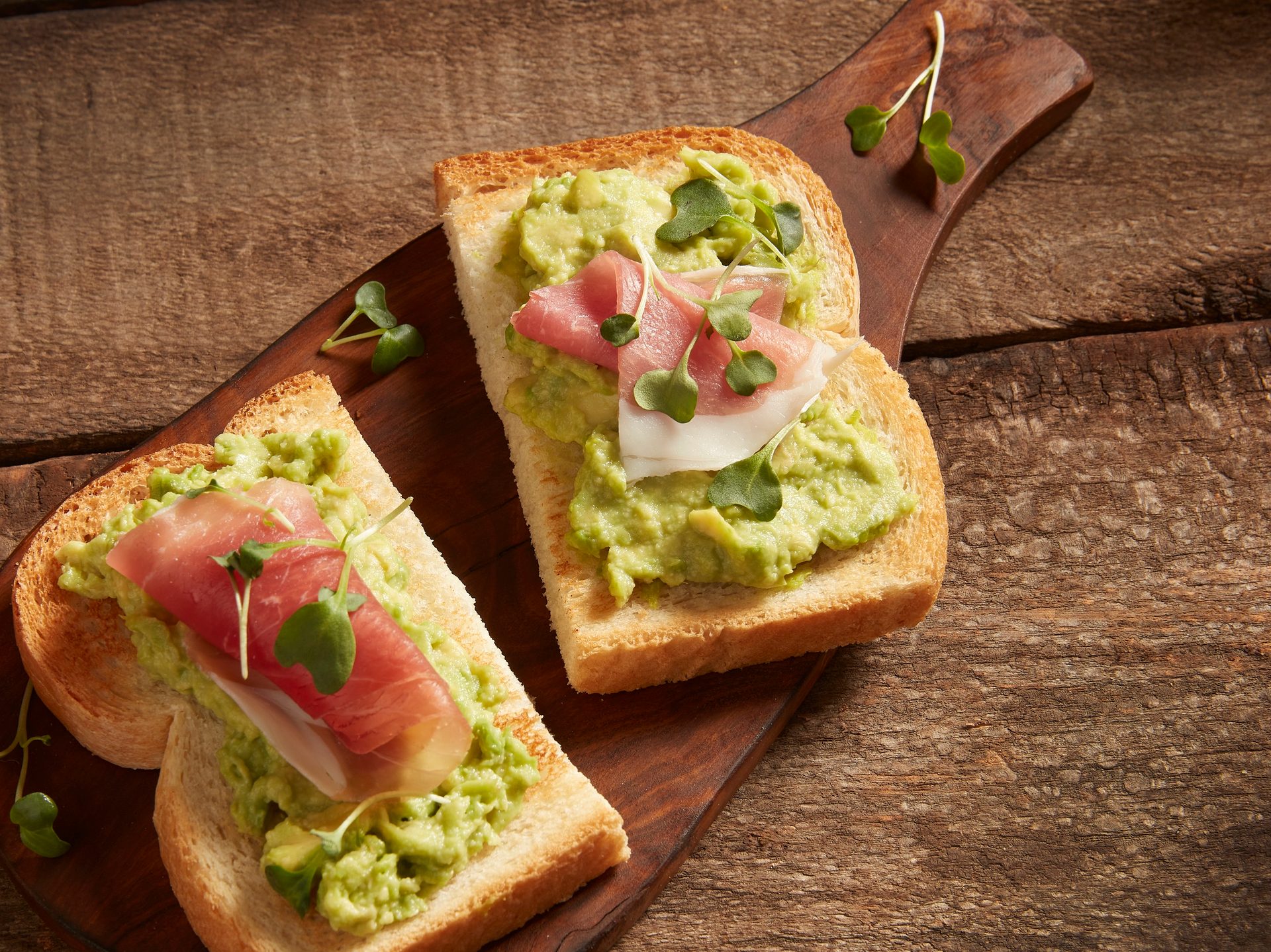
Courtesy of Gonnella Baking Co
Auwarter says consumers also are continuing to prioritize quality in their bread buys.
“While brands are focused on balancing traditional appeal with modern innovation, consumer appreciation for quality and craftsmanship remains constant,” she says.
Gonnella says that over the past years, bread consumers responded favorably to products with better-for-you attributes.
“Gut health, in particular, has moved beyond the early adopter phase and is becoming a mainstream driver in the bread category,” he comments. “Consumers are increasingly seeking breads with functional benefits like fiber, whole grains, and better-for-you inclusions as part of a broader wellness lifestyle.”
Buenning says that in addition to bread offering health benefits, consumers continue to crave restaurant quality without the costly dining-out tab.
“Product freshness, quality, and visual appeal were key to attracting consumers; they want breads that feel and taste special—whether it’s for an everyday meal or a celebration. With the high cost of dining out, consumers are eating in and entertaining at home more often, but they still want a restaurant-style experience. That can mean charcuterie grazing boards, easy and upscale mini sandwiches, or the best artisan bread basket to accompany a main dish.”
She adds that heat-and-eat products on the premium side, which is good news for the company’s products in the perimeter.
“Our La Brea Bakery Take & Bake line, available in the grocery ISB and at over 1,000 Target locations nationwide, allows consumers to enjoy bakery-quality artisan bread fresh from their own ovens,” she notes. “It’s been a standout success by delivering quality, convenience, and versatility in one product.”
Auwarter says Pepperidge Farm has seen success with its breakfast breads, including its recent Caramel Brioche Swirl. Also, another recent launch feeds into the growing interest in smaller sizes in their bread purchases.
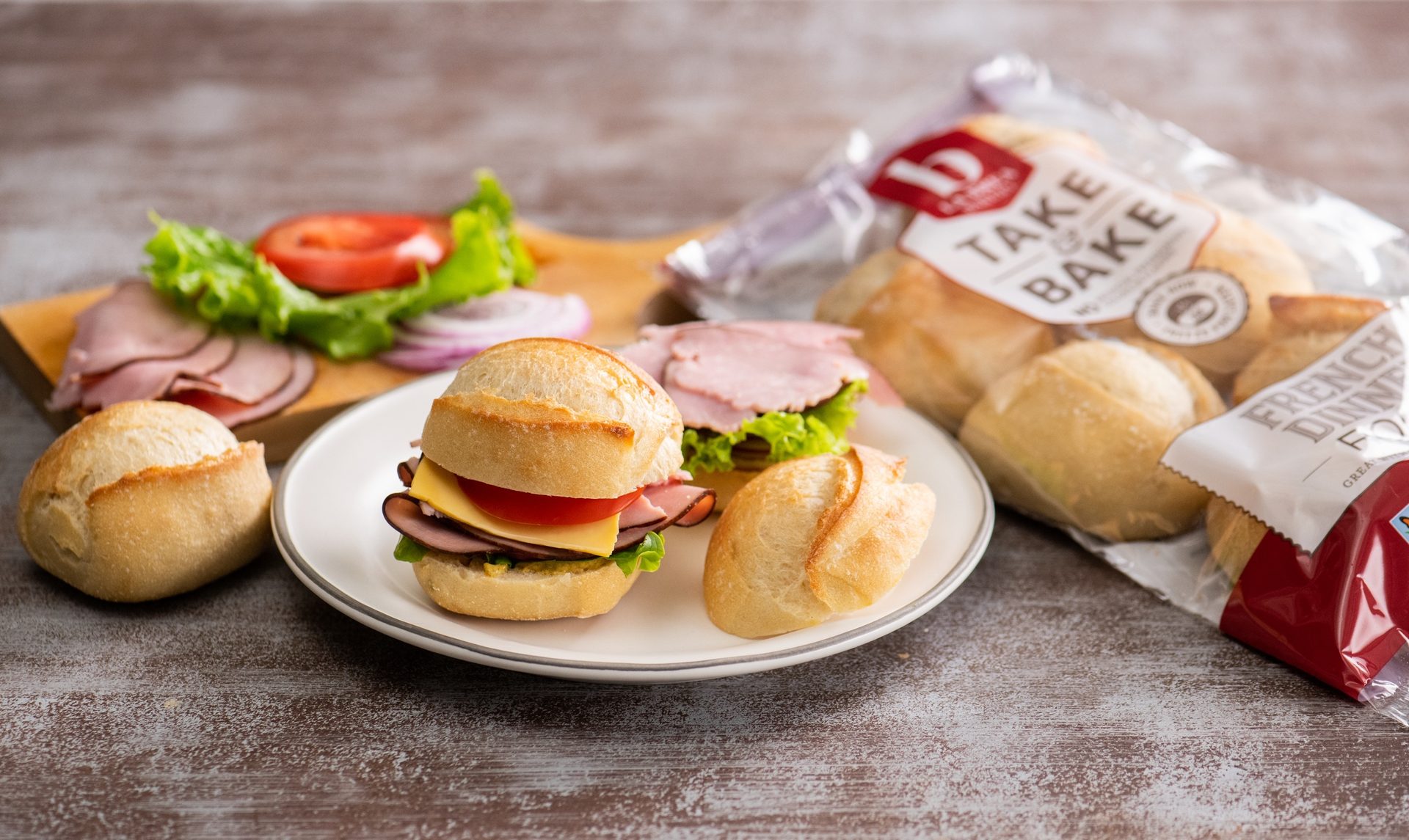
Courtesy of La Brea Bakery
“In April, we launched a new line of Thin-Sliced bread to cater to consumers that want a flavorful bread option in a smaller portion,” she says. “The lineup brings all the flavors consumers love in our Pepperidge Farm sandwich bread with four varieties: Sourdough, Butter Bread, 100% Whole Wheat and 15-Grain and only 70 calories.”
Looking forward
It’s true that challenges are nothing new to bread producers; unfortunately, according to Gonnella, the future will bring more of the same.
“Tariffs and shifting trade policies are also beginning to influence sourcing decisions, changing buying patterns for category managers and forcing many to rethink how and where they source key bakery items,” he says. “We’ve seen gaps on the shelf in some bake shops due to overseas supply constraints, pushing retailers to prioritize reliable domestic supply. Shoppers expect fresh ideas and limited-time offerings to keep things interesting, brands that can consistently deliver variety without overwhelming the shelf will have a competitive edge.”
In the coming months, Buenning muses, innovation will be key to attracting consumer attention and dollars, especially in the clean-label and BFY space.
“Shoppers are gravitating toward breads made with simple, high-quality ingredients that are free from artificial additives or preservatives,” she says. “Gut health remains a top priority, which has contributed to the rising popularity of sourdough for its natural fermentation, digestibility, and rich flavor.”
She adds bread consumers will continue to seek adventurous options in their purchases: “Shoppers are seeking new experiences in their everyday meals, and breads that incorporate ethnic spices and ingredients like roasted garlic, sesame, or turmeric will help meet that demand for innovation.”
Gonnella says, there are reasons to be optimistic about the future, especially for perimeter bread: “The resurgence of perimeter shopping has been a clear bright spot. Shoppers are seeking a ‘real’ bakery experience again, which plays directly to our strengths in clean label and conventional frozen dough, as well as our high-quality, thaw-and-sell artisan offerings.”
“While brands are focused on balancing traditional appeal with modern innovation, consumer appreciation for quality and craftsmanship remains constant.”
— Ama Auwarter, VP of Pepperidge Farm cookies and bakery, Campbell’s Snacks




